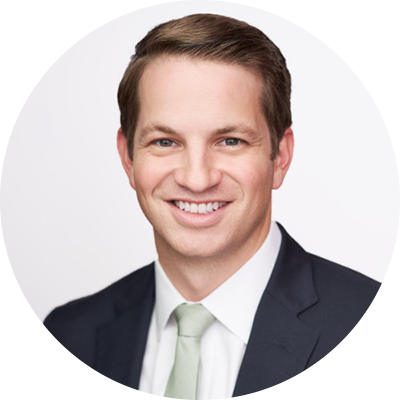
NEW! Verisk Native Application in Snowflake Marketplace
Learn More
NEW! Verisk Native Application in Snowflake Marketplace
Learn MoreIn recent years, and especially due to the pandemic, e-commerce has become very popular and the number of online customers has increased. After all, online shopping is very practical and saves time and effort, as you can choose and buy products from your armchair.
But some still like to go to stores to consult with the seller about a product, and the like. Others prefer multi-channel shopping and actively combine the physical with the virtual, as they use their phones to research and shop online in physical locations. That’s why companies must invest in both channels and find ways to connect them.
In this episode of The Marketing Rapport, Andrew Criezis, the SVP & GM, US at NielsenIQ, gets into the challenges facing brands and CPG today. Andrew and our host Tim Finnigan discuss the importance of balancing personalization and privacy, the growth of omnichannel sales, and what trends and challenges are impacting brands that seek out the expertise of NielsenIQ.

Small Brands Innovate Incredibly Fast
“We did a study, and around 47% of consumers are looking at small brands as a preferred purchase path, which is interesting. You’ve gotta have a certain percentage of individuals who want large brands because it’s nostalgic, it’s secure, it’s the same thing they’ve been having for 20 years, but a larger share is now shifting to wanting to try small brands because they think it’s healthier for them. They think it’s fewer ingredients, it’s less toxic, whatever it might be, or it’s something new and innovative because a lot of those small brands are the ones innovating. They’re listening to the wellness needs.”
Why Do Brands Come to NielsenIQ?
“There’s an influencer piece, but the first and foremost is just understanding what’s going on from a market share standpoint. Like, who are my competitors? What’s taking place? I’ve got my brand. I’ve got these five competitors; what are they doing? What’s selling in the marketplace? What are the comparisons? How am I doing in specific geographies, regions, or certain retailers, as well as online? Like, where are these competitors coming from? And also, what’s unique about their products? Which competitors are free from certain toxic ingredients or free from certain allergens that you can’t have? All of those ingredients and components become really important.
The second aspect would be a better understanding of who are the consumers — going into that panel insight. […] And then the other question they’re coming to us for is, ‘Who’s my online shopper?’ Because what’s interesting is that your online shopper is different from your in-store shopper. And those demographics and how you want to market or advertise to them is significantly
And then, when it comes to the influencer piece, it’s like, ‘Am I getting the lift off these influencer campaigns?’ So, if I’m going to spend 20,000, 50,000, or 100,000 on an influencer, what’s the lift and what’s the impact that I’m getting? And then, is that localized to where that influencer is or is it national? Is it global? And so, that level of measurement is becoming more important.”
Challenges for CPG
“CPG does not have its shortage of challenges. So, every call for a year was supply chain — that was the big one — and then it became inflation. And we’ve been living with that. That’s going to continue to be a challenge for the industry. A lot of brands I talk to are on their fourth round of pricing increases. Are they going to take a fifth? Are they going to take a sixth? So, that is a really tough decision. Also, they’re deciding where they want to be on the price ladder. Do you want to be a price premium, or do you want to be cheap? So you have all those options when inflation is high; we haven’t been in that environment before. So, that’s going to continue to be one. The second thing that is coming up when I look forward, aside from inflation — when it backs away more, which it’s starting to do — is around sustainability. It is a trend that is growing, as I talk to more industry veterans, influencers within the industry, celebrity influencers; that is becoming something that consumers are going to get and are becoming more educated on.”
[12:52] “People are more willing to trust reviews and trust others than they are to trust the history of a product.”
[29:36] “A depth of understanding around data is invaluable; understanding not just how you can use data but also the limitations.”
[31:16] “Maybe you started as a data person, but challenge yourself to go into marketing, even if that’s not your long-term vision or mission. Having that experience in marketing and then going back into the data side is incredibly useful, and likewise the opposite.”
[35:56] “The alignment across your functions is going to have the biggest impact on how successful and how much of a difference you can make to the bottom line.”